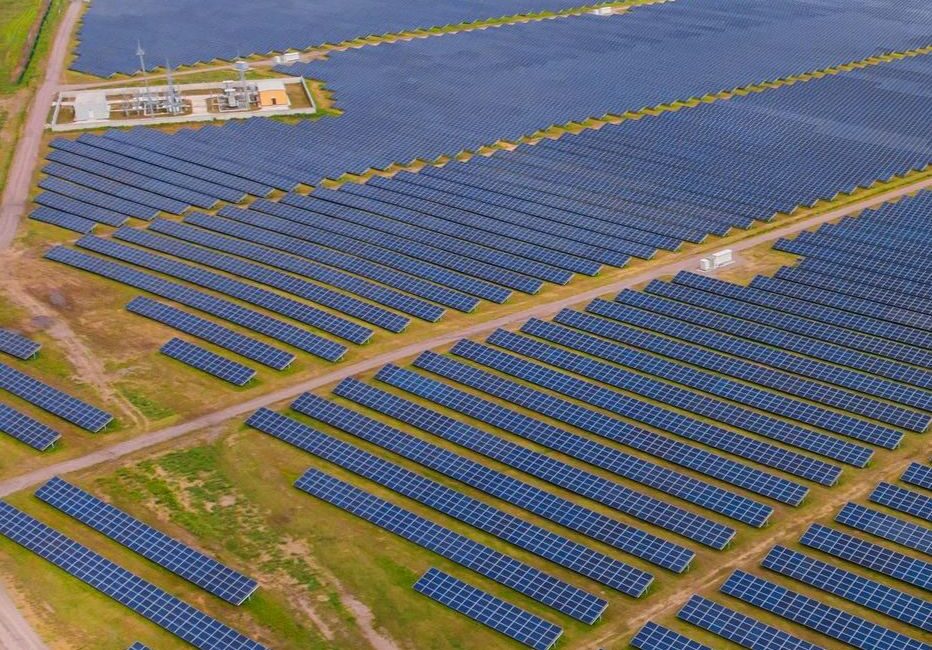Ground-mounted solar systems are installations where solar panels are mounted on the ground, typically on open land or in large open spaces. These systems provide an alternative to rooftop installations and offer several advantages.
Ground-mounted solar systems consist of arrays of solar panels installed on mounting structures securely anchored to the ground. These structures can be fixed-tilt, where the panels are fixed at a specific angle, or they can have tracking systems that allow the panels to follow the sun’s movement throughout the day to maximize energy production.
Planning
Research
Process
Happen
Compared to rooftop installations, ground-mounted systems have the advantage of being able to utilize larger areas, making them suitable for utility-scale projects, commercial installations, or locations where rooftop space is limited or unsuitable. They can be found in fields, open spaces, or even brownfield sites that are not suitable for other types of development.
The open space around ground-mounted solar systems allows for efficient orientation and positioning of the panels to capture maximum sunlight. This often results in higher energy production compared to rooftop installations, as the panels can be optimized for the best solar exposure without being hindered by shading from buildings or other structures.
The ground-mounted system components typically include solar panels, mounting structures, inverters, and transformers. Solar panels capture sunlight and convert it into direct current (DC) electricity. Inverters are used to convert the DC electricity into alternating current (AC) electricity, making it compatible with the electrical grid or for direct use on-site. Transformers may be used to step up or step down the voltage as necessary.
Ground-mounted solar systems can be designed with tilt angles and spacing between rows that allow for proper sunlight exposure and airflow to cool the panels, which can enhance their overall efficiency. Additionally, tracking systems can be employed to adjust the angle of the panels to follow the sun’s path, optimizing energy production throughout the day.
Maintenance of ground-mounted systems typically involves periodic inspections, cleaning of the panels, and ensuring that the mounting structures are secure. Access to the panels is easier in ground-mounted installations compared to rooftops, simplifying maintenance tasks and reducing safety risks.
Ground-mounted solar systems offer numerous benefits. They contribute to renewable energy generation and help reduce greenhouse gas emissions. They can provide a significant amount of electricity, making them suitable for large-scale energy production. Ground-mounted systems also offer flexibility in terms of location and orientation, allowing for efficient use of available land resources.


